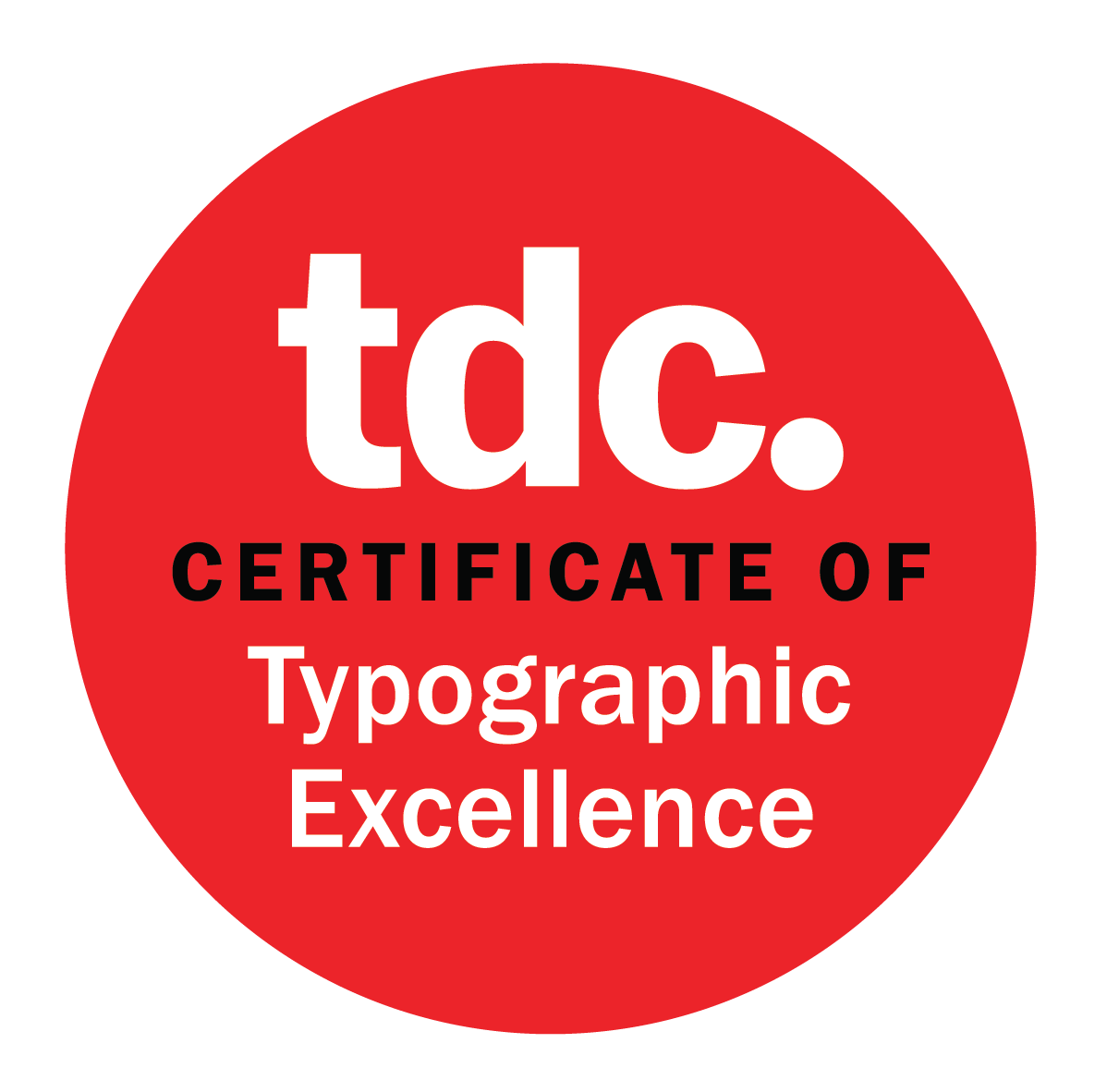29 WORDS
FOR 29 LETTERS
An experimental index, tracking the process of working with two languages and bridging two wildly different typographic worlds.
For each letter of the Arabic alphabet, we chose one word from our daily lives in London that is difficult to translate. The outcome of this experiment is a cascading river of shapes and forms, sometimes static and sometimes in motion.
For each letter of the Arabic alphabet, we chose one word from our daily lives in London that is difficult to translate. The outcome of this experiment is a cascading river of shapes and forms, sometimes static and sometimes in motion.
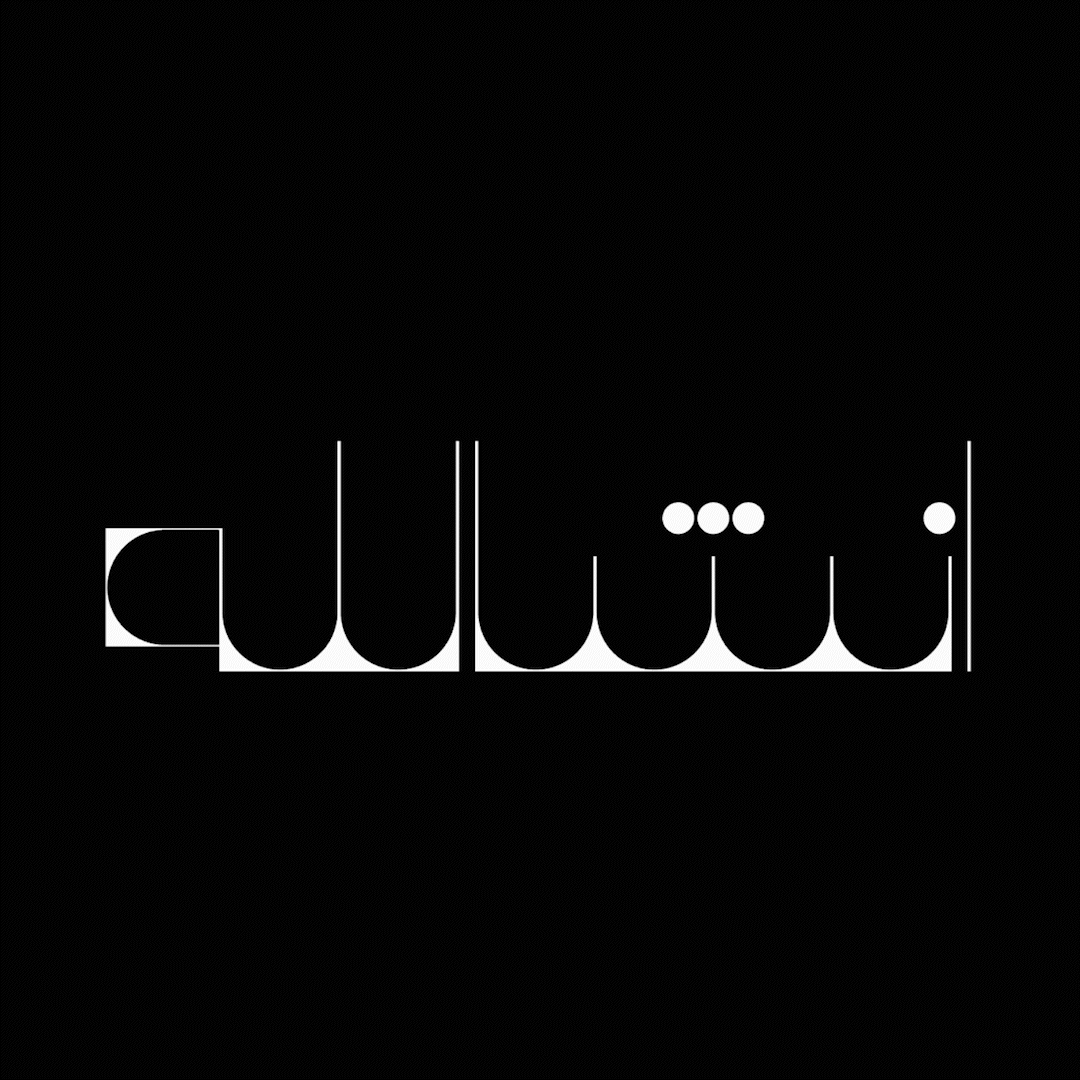
Alef — God Willing
انشالله
Inshallah replaces a yes or no answer, and is neither a yes or a no. It moves responsibility from the will of the self to that of God, as the ultimate decisive power in our futures.
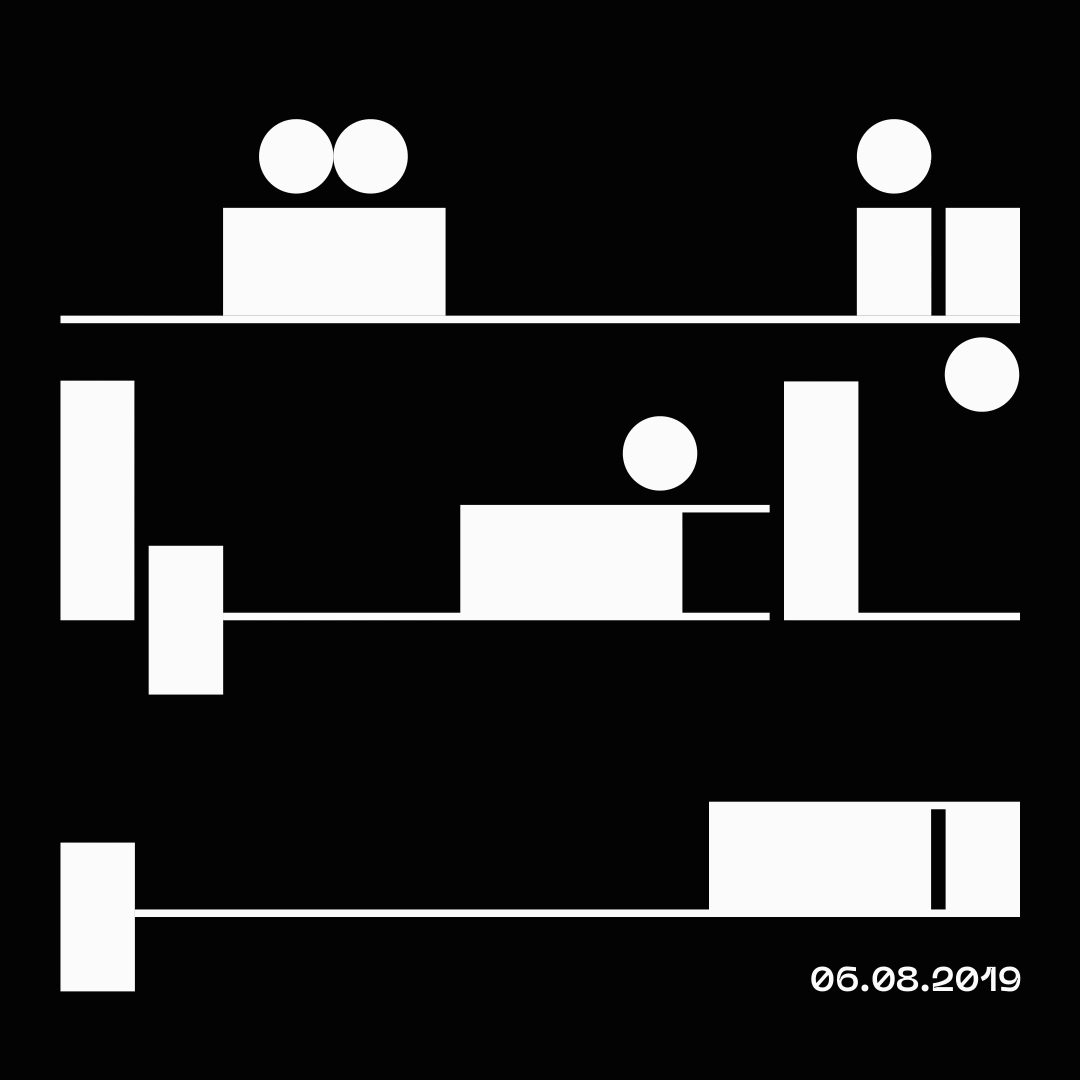
Ba’ — Pentagram
بينتاغرام
I did a talk at Pentagram in 2019, and the invite showed the word Pentagram in Arabic. Since the sound P doesn’t exist, it is often replaced by the letter B, or the letter B with 3 diacritics instead of one.

Ta’ — Typo
تيبو
In 2022, I did a talk about TypoCircle, at St Brides foundation, about the work I do, connecting languages and cultures. The above animation was the invite for the talk, breaking the forms of the English word to make the Arabic.
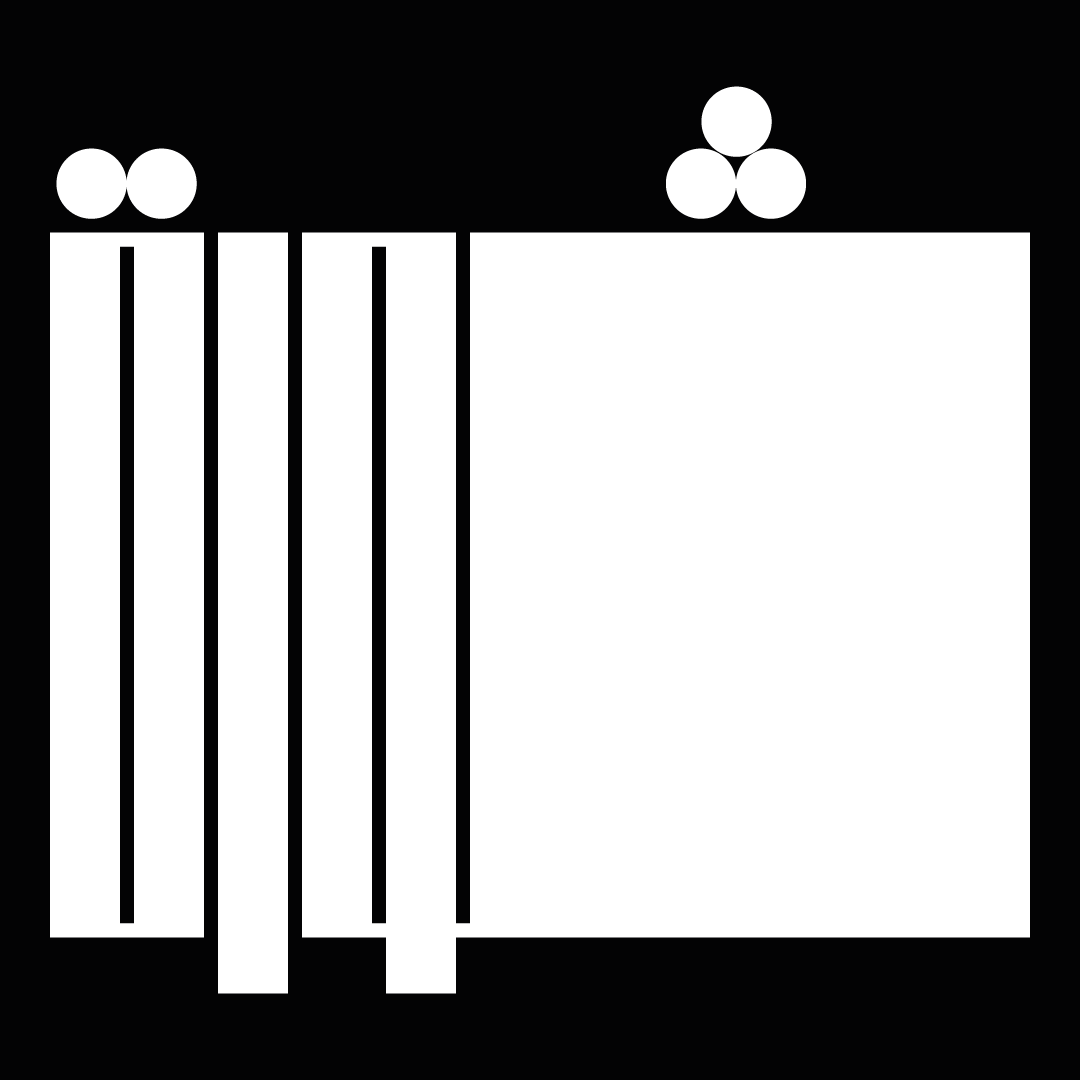
Tha’ — Revolution
ثورة
Since October 2019, the word ‘revolution’ has acquired a new meaning for all Lebanese as it refers to the movement that aimed to topple the corrupt government.
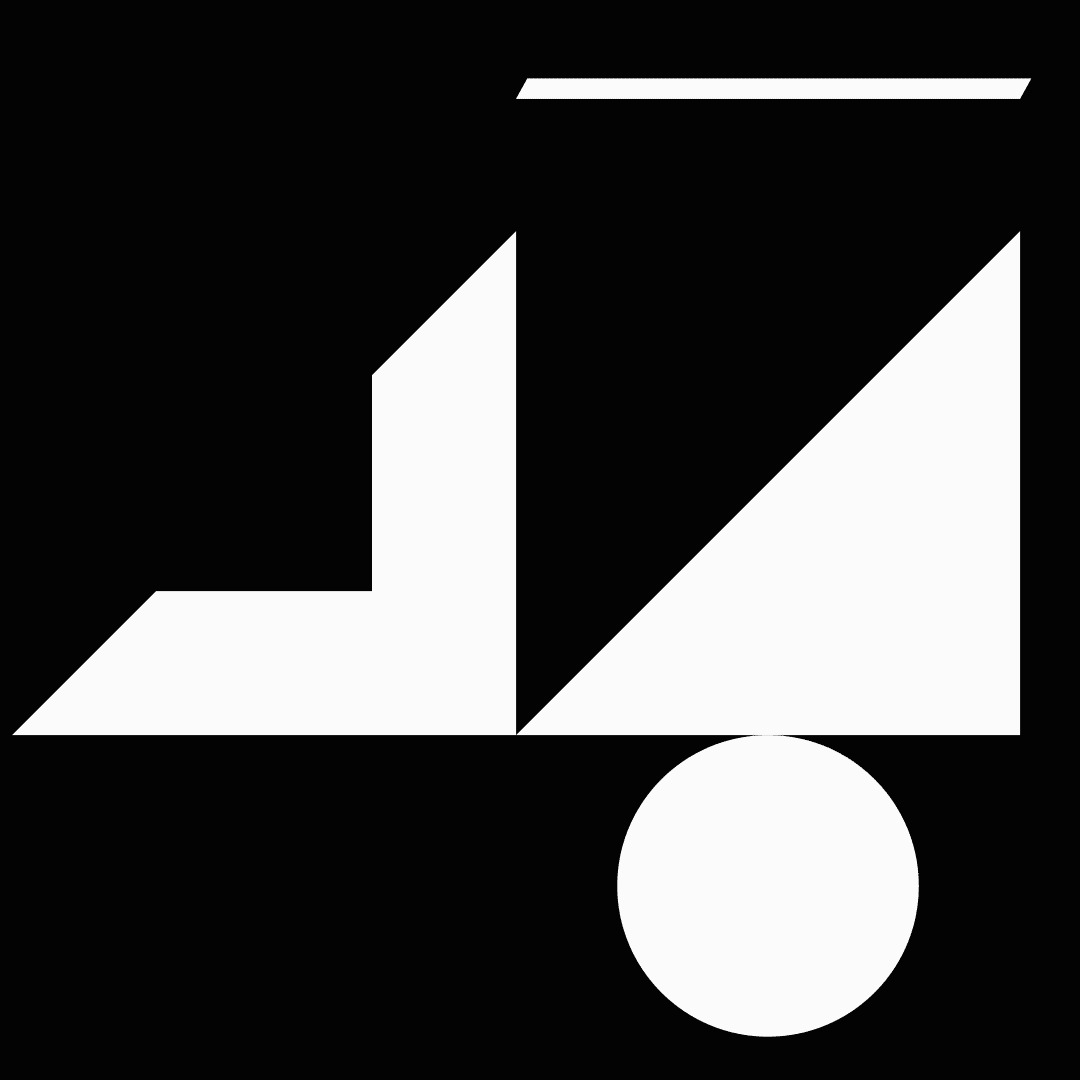
Jeem — Grandfather
جد
Arabic uses diacritics as vocalisation marks; here is an example of two meanings acquired just by a change of position of the diacritic: moving the mark from above to below the word changes the meaning from ‘serious’ to ‘grandfather’.

Ha — hummus
حمص
A Lebanese appetiser made of mashed chickpeas, lemon juice, Tahini sauce and Garlic appropriated by the variety of supermarkets around the world due to its irresistible simplicity.
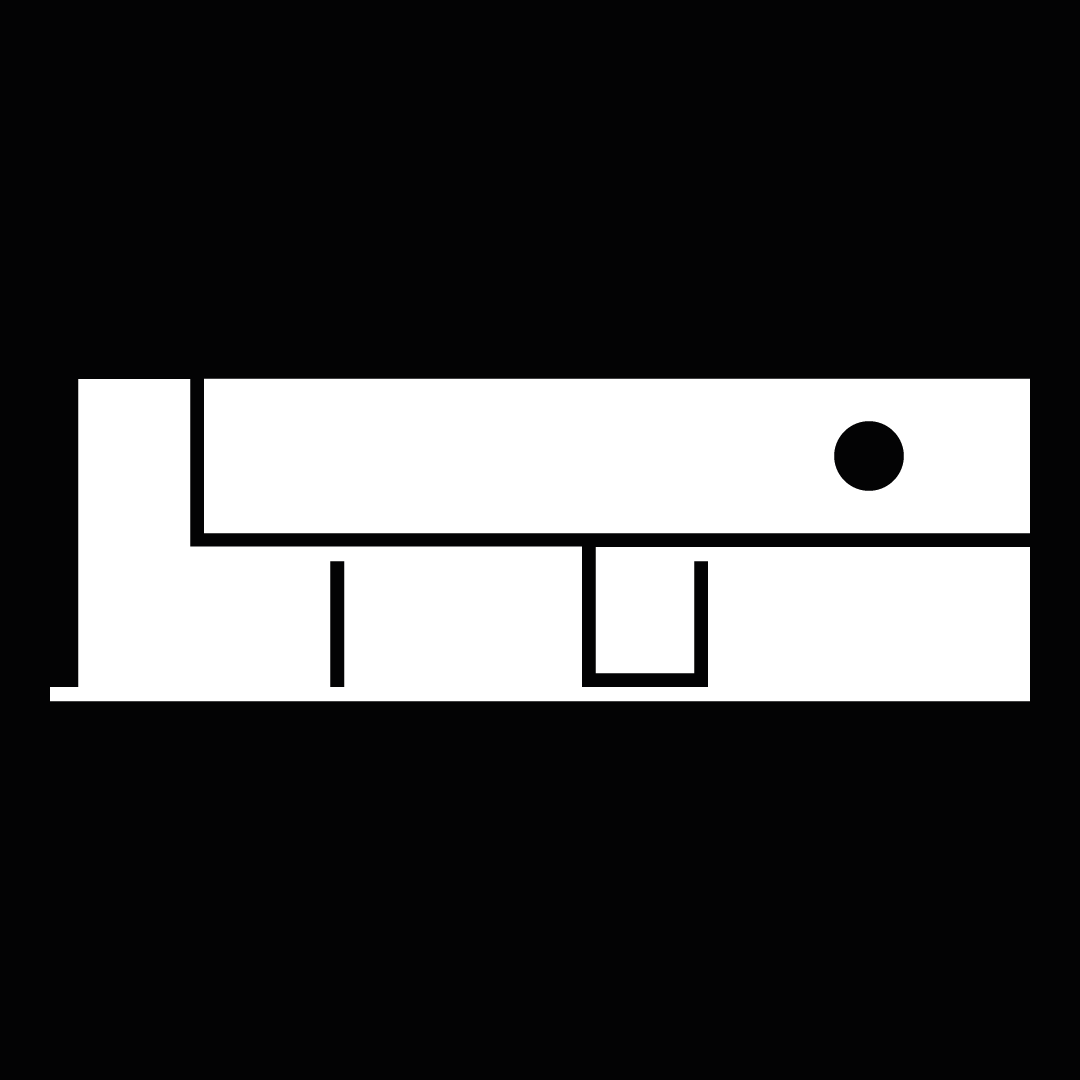
Kha’ — Calligraphy
خط
Two words in English that symbolise two very different graphic histories are combined in one word in Arabic – a perfect insight into the connectivity of typography and calligraphy in the Arab world.
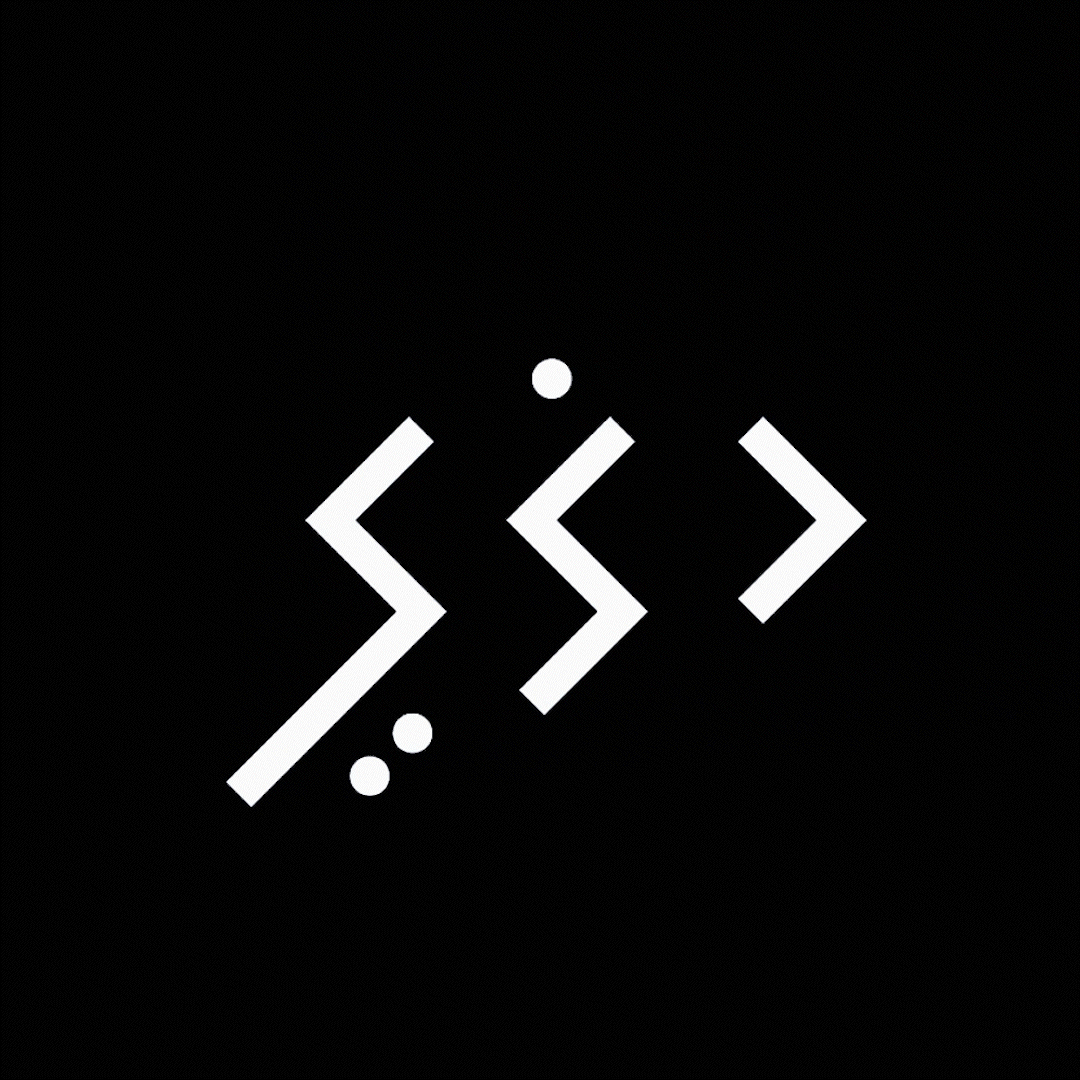
Dal — Direct
دغري
Best usage is when someone says I am talking you Dighri, as opposed to taking you via swings and roundabouts. Also used in taking and giving road directions in cities where postcodes do not exist, such as Beirut.

Zal — Taste
ذوق
Zouk is part cultural, part universal, part social, part personal, part local, part familial; often used to describe a perfect mix of consideration, grace and elegance.
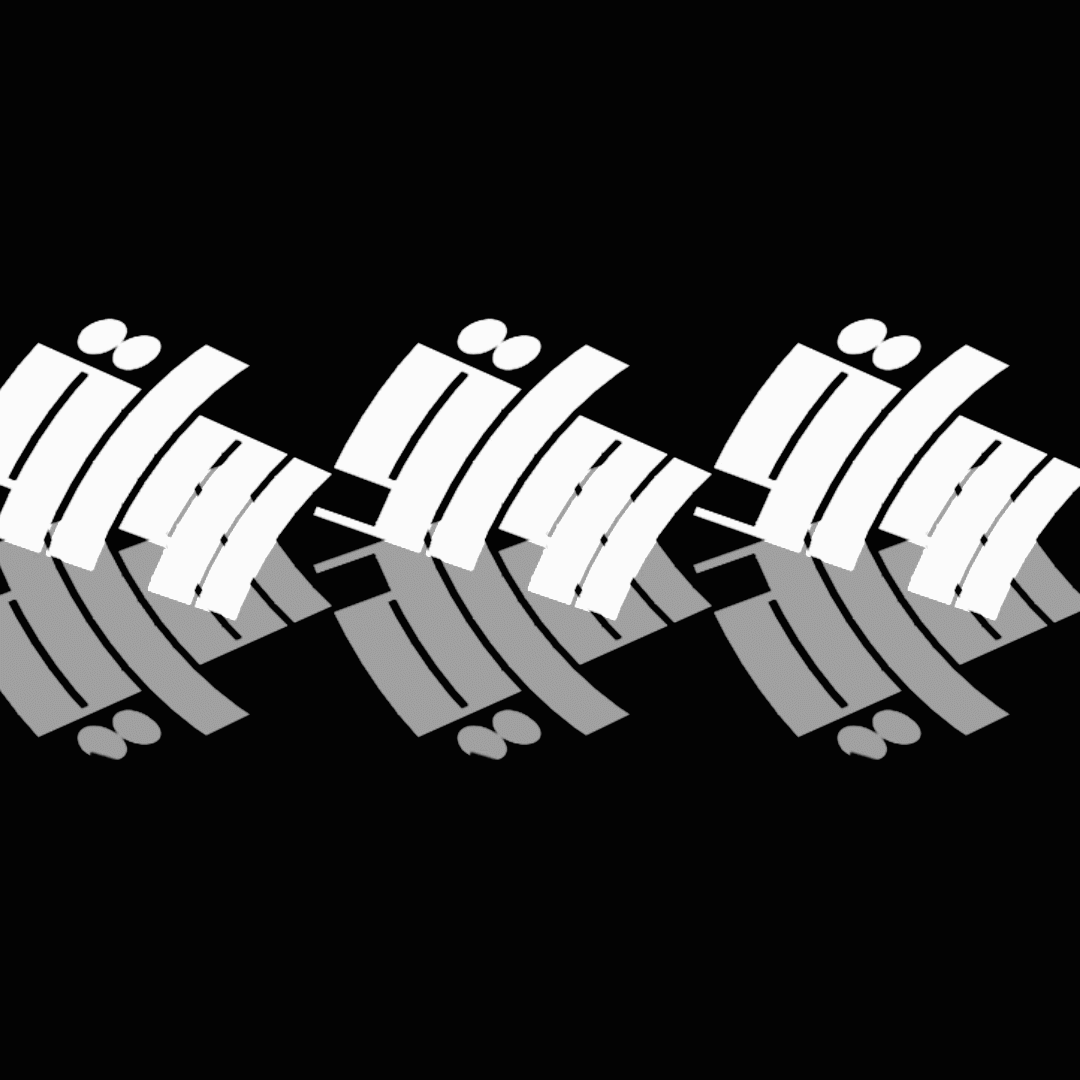
Ra’ — Quiet
رواق
Perhaps a rarity in some parts of the world, quiet – and its opposite, noise – come with different degrees of tolerance for different people, depending on familiarity with one or the other.

Za’ — Zankha
زنخة
This word describes the lingering smell of fish, dairy or chicken on gently washed plates. Simply knowing the word makes the smell recognisable.

Seen — Samar
سمر
My first name, a word that refers to talking and telling stories at night before television became the main source of nightly entertainment. It is pronounced like ‘summer’ but with an a instead of the e.
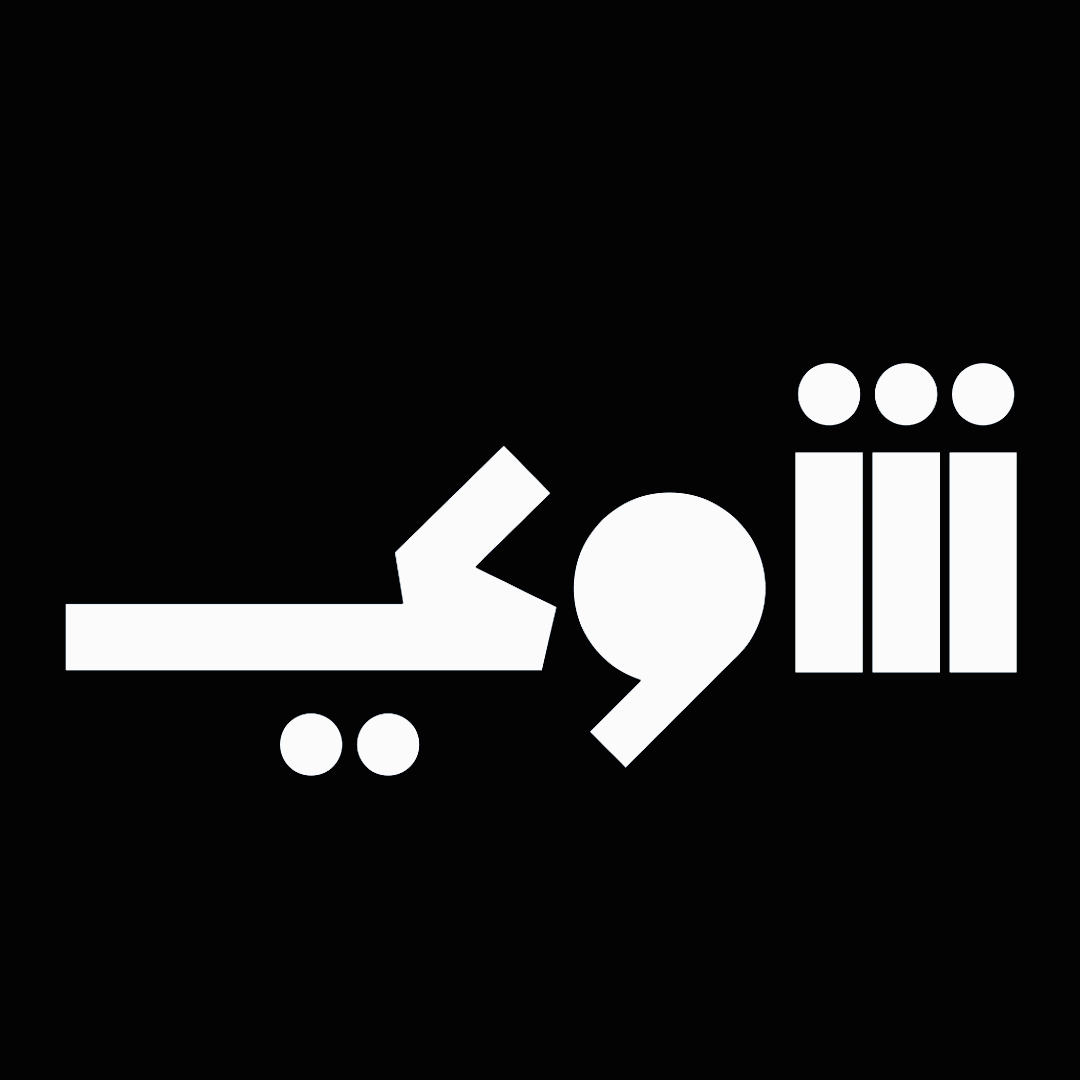
Sheen — A little
شوي
Although mainly related to the quantity of things; repeated twice, ‘Shwey shwey’ means ‘slow down’ – a highly useful word if you happen to be in a taxi in Beirut or Cairo.
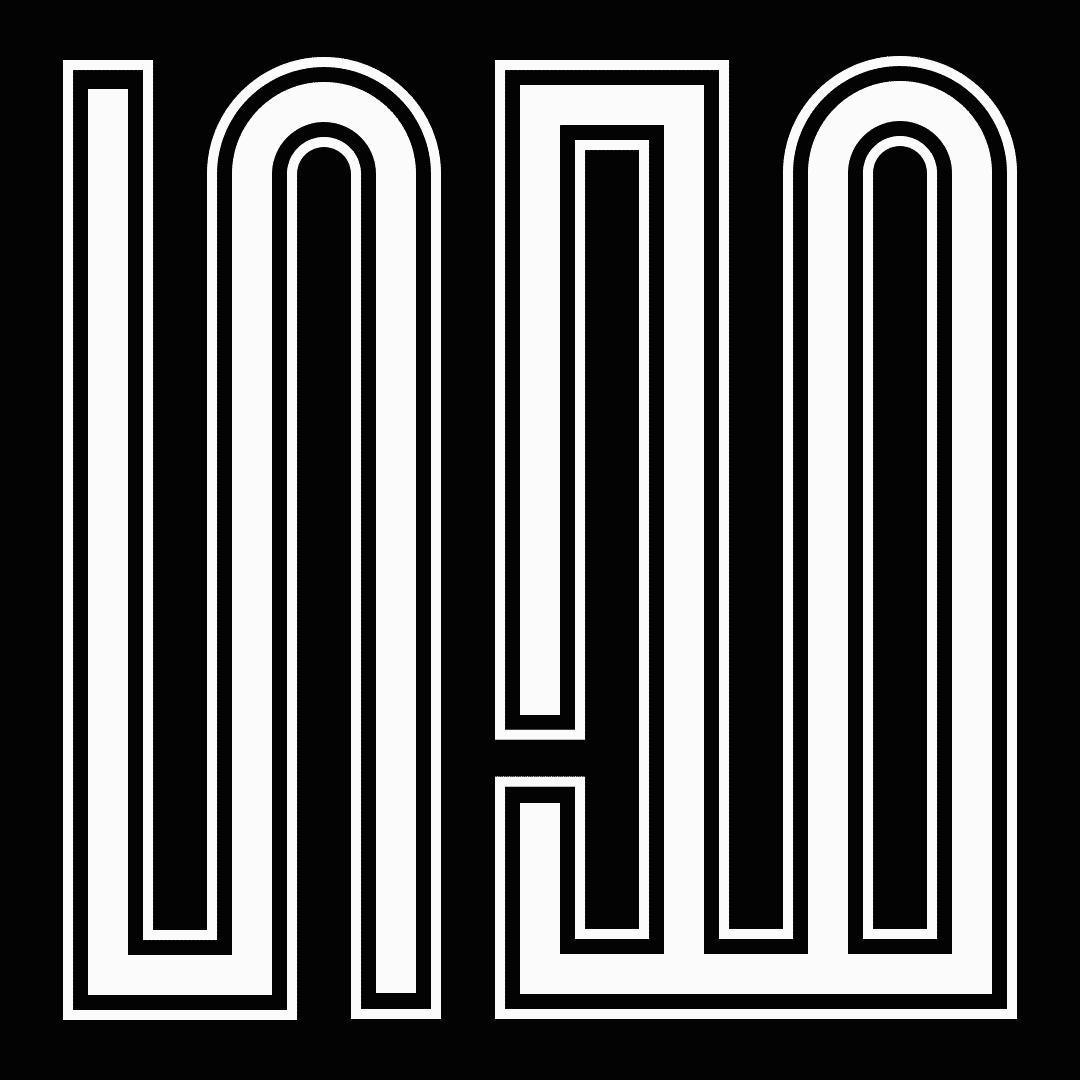
Sad — Echo
صدى
Sada can only mean one thing and cannot be changed with diacritical marks. Its simplicity as a word carries it between formal Arabic and colloquial Arabic, and made it a good name for multiple media platforms.
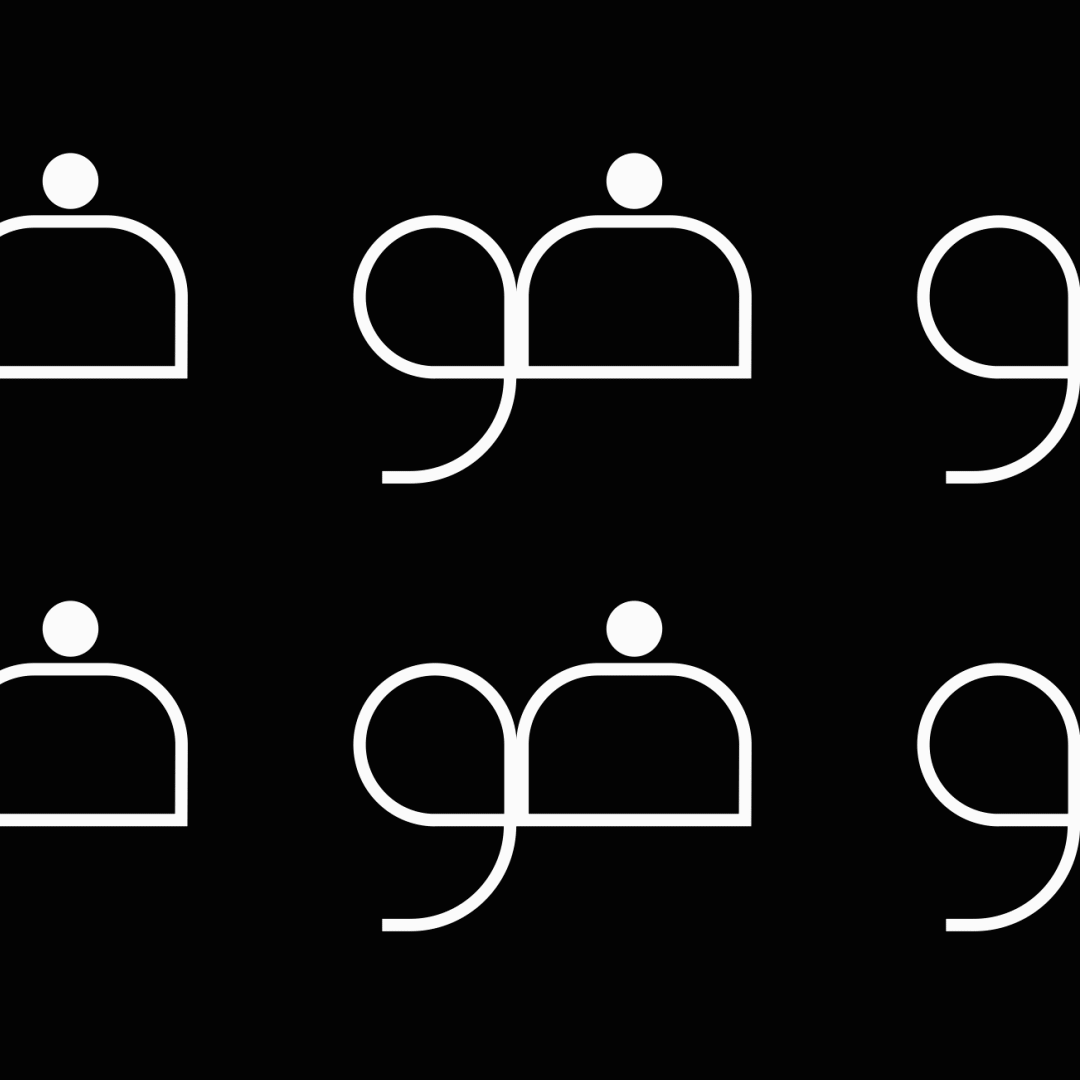
Dad — Light
ضو
In formal Arabic, light has an additional Hamza at the end; hard to pronounce, the colloquial written form has dropped the hamza for simplicity.

Ta’ — Tarab
طرب
Tarab describes a type of music that evokes a form of emotional ecstasy and a trancelike state. A variety of definitions exist; a departure of grief or sorrow through music is one of my favourites.

Tha’ — Thabi
ظبي
Dhabi is a type of deer, found in Abu Dhabi, UAE. Over the years, I sketched many typographic iterations of the word Dhabi as part for companies in the UAE.

Ain — Arabic
عربي
The word refers to the language as well as the identity, applied to nationals of 24 countries with Arabic as an official language. European for example, is an identity equivalent, although being European does not imply speaking one language.

Ghayn — foreign
غربي
‘Foreign’ and ‘expat’ are the same word as Arab, and look exactly the same with one visual distinction: an added diacritic – and that diacritic makes all the difference.

Fa’ — Opening
فتحة
Several diacritic marks are used to indicate short vowels in Arabic; Fatha is one of them, translated as ‘opening’, as it accentuates the ‘a’ sound in a word – its presence can alter the meaning of a word.

Qaf — Rule
قاعدة
From the verb Ka3ad, meaning ‘to sit down’. The interpretation of the word depends on context and could be used to mean: ‘foundation’, ‘grammatical rule’, ‘military base’ or ‘pedestal’.
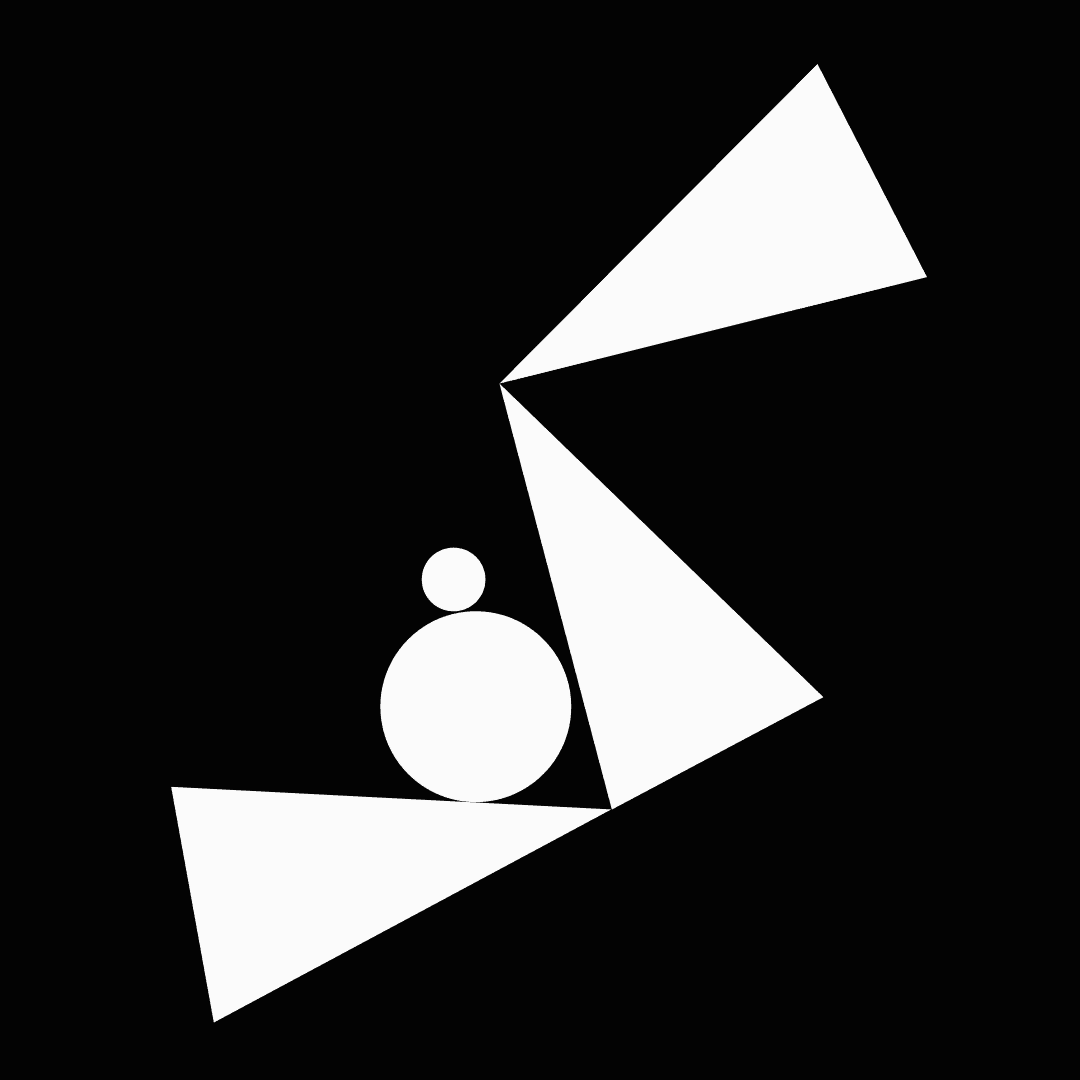
Kaf — Kufi
كوفي
We wanted to talk about kufi here, as in the Kufi script, being the inspiration behind all this work, however while animating a few letters dropped and we ended up with Kaf instead of Kufi. But we like the forms, so we chose to keep it.

Lam — lol
لول
Although there are no acronyms in Arabic, and so no equivalent of ‘Laughing out loud’, it is common for acronyms to be translated as sound in informal settings, and to carry an additional layer of meaning.

Meem — Hello
مرحبا
Pan-Arab greeting, understood across the Arab world, with multiple local variants. Word originates from the verb ‘Rahhib ‘ meaning welcome.

Noon — People
ناس
Everything at Right to Left is about people: our clients, our partners, our team, our friends, their stories and journeys, and how we celebrate this variety with our people.
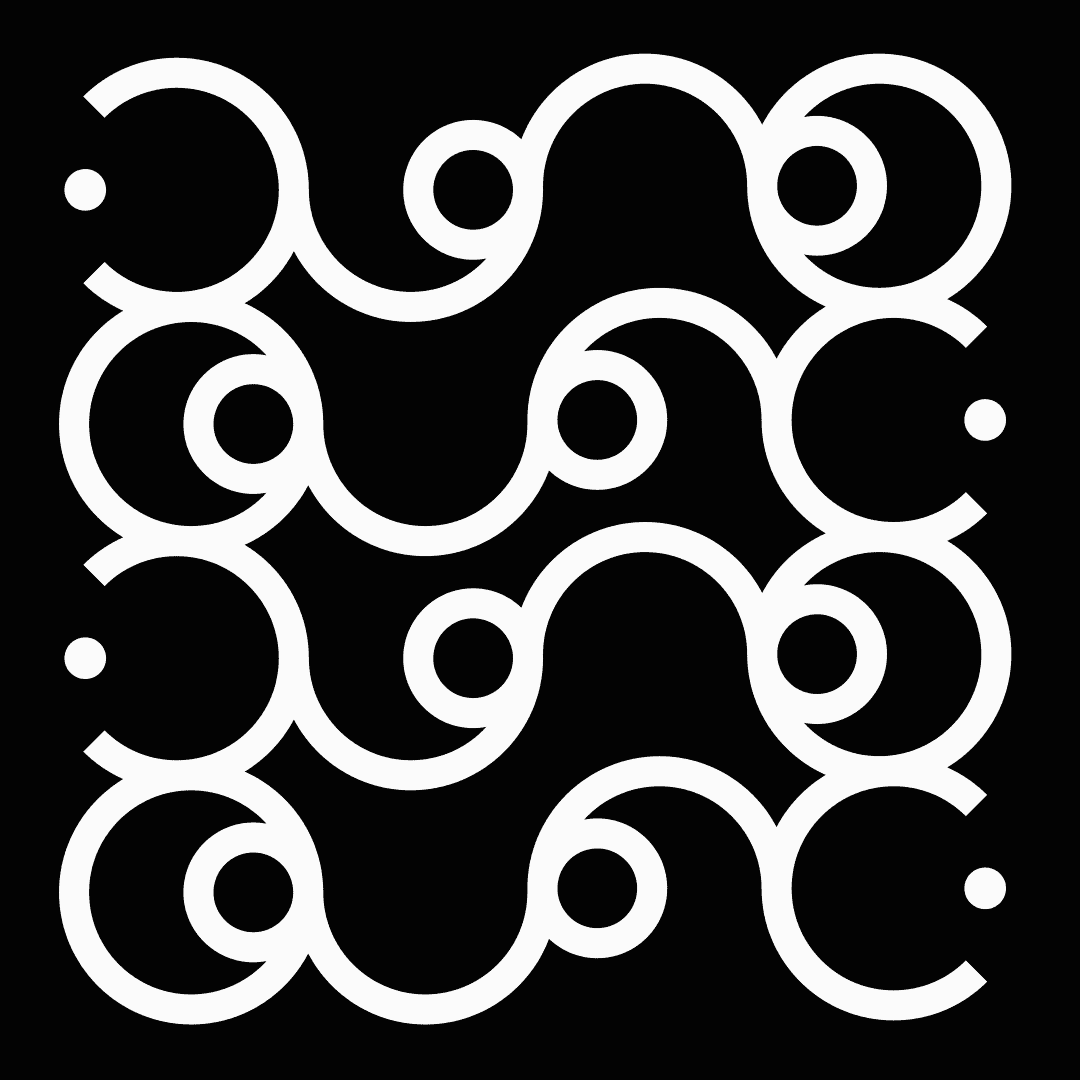
Ha — Here
هون
With the correct diacritics, it means ‘to ease’ or ‘to take it easy’. Without the diacritics, it is the colloquial word for here, where we are.
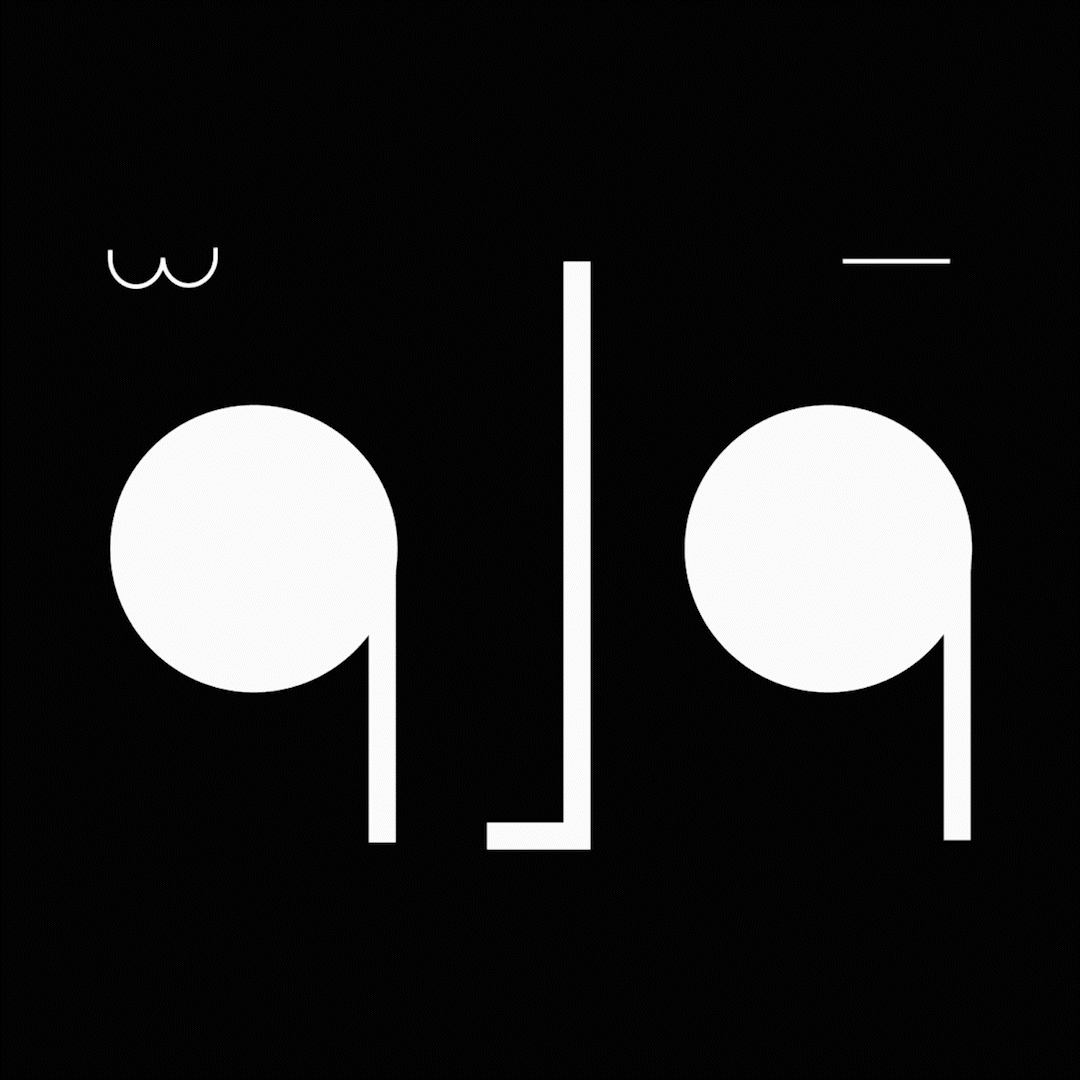
Waw — No equivalent
ولو
A sound that could mean nothing and everything depending on the tone of voice and body language. This is a word that could be infused with any meaning.
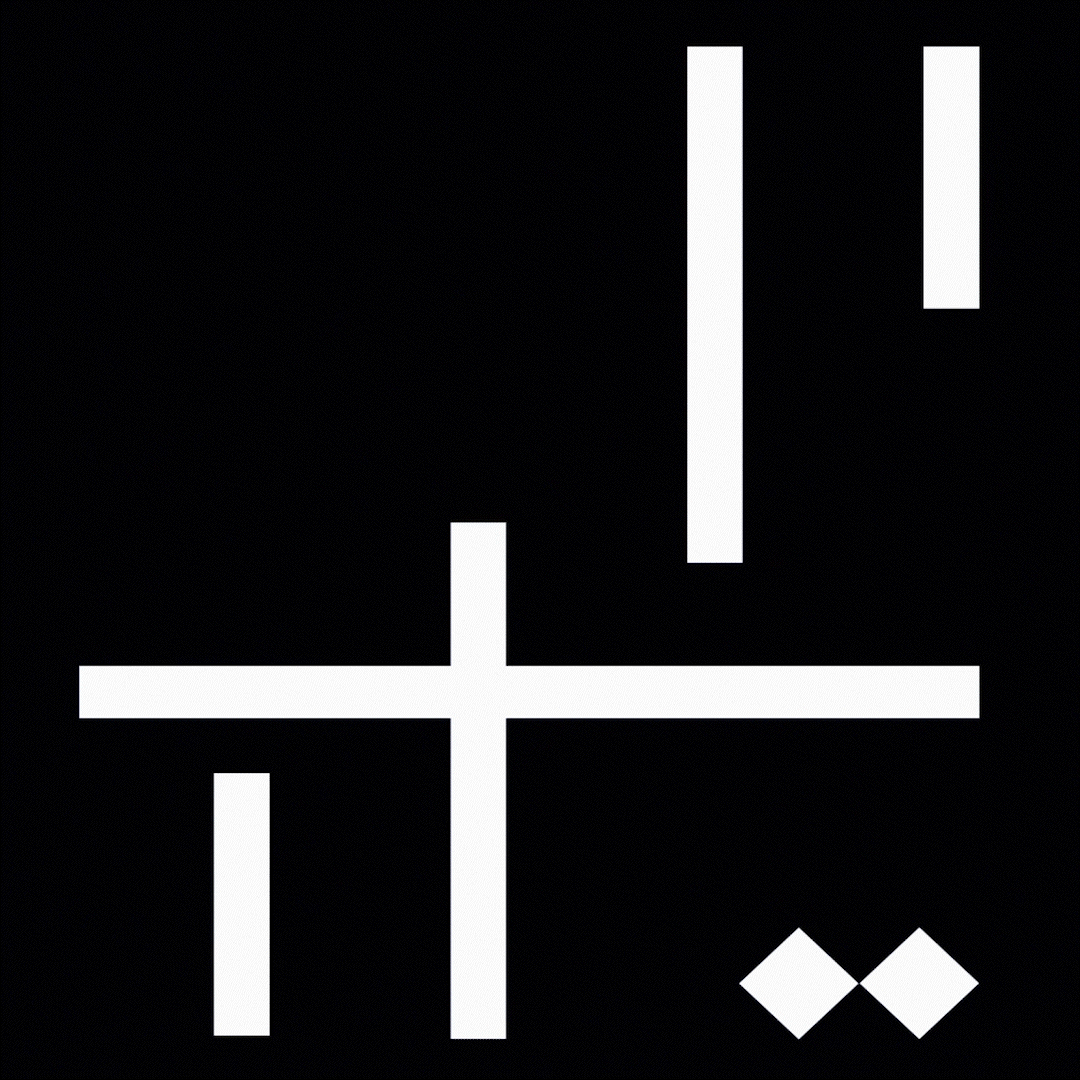
Ya — Come on
يللا
There is a song in Arabic, ‘yalla bina yalla’, and in the spirit of translating serif and sans serif – notions that do not exist in Arabic type – I would say ‘get your freak on’ is a good equivalent.
Project Team:
Typography:
Samar Maakaroun
Creative direction:
Samar Maakaroun
Animation:
Jonathan Nielsen
Miguel Desport
Typography:
Samar Maakaroun
Creative direction:
Samar Maakaroun
Animation:
Jonathan Nielsen
Miguel Desport
Project awarded a Certificate of
Typographic Excellence — TDC 69
![]()
Typographic Excellence — TDC 69
